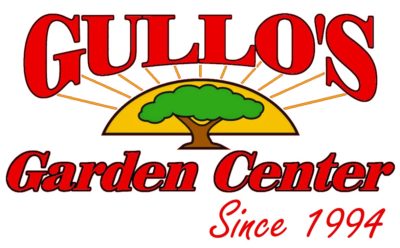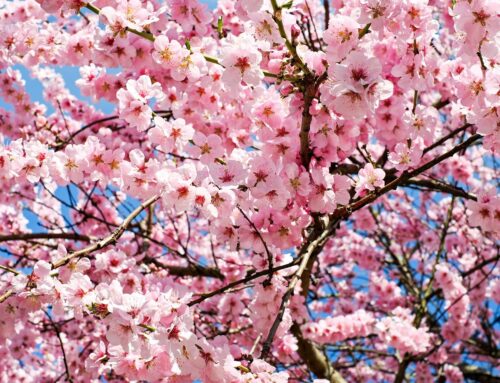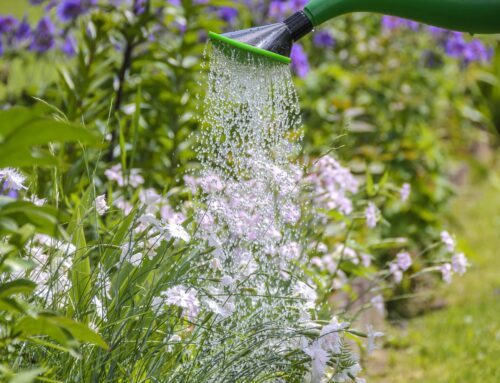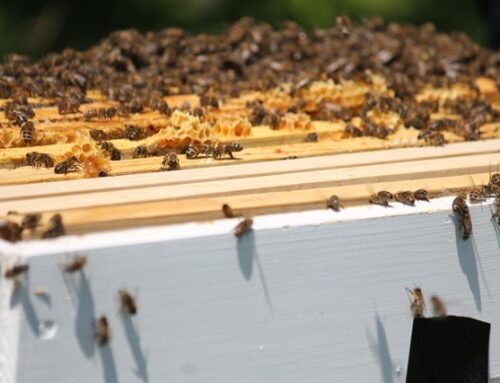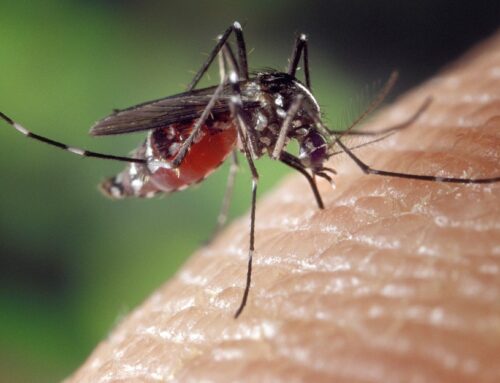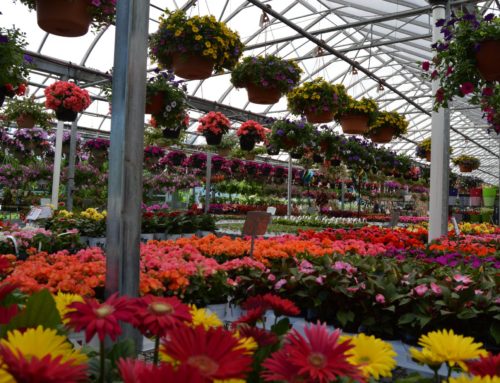By Russell M. Gullo
Beautiful gardens begin with healthy, well-nurtured plants. From boxwoods to the Kentucky bluegrass in your lawn, every plant needs nourishment to be healthy, strong, and resistant to a number of potential threats such as insects, disease and climate. Much of this comes from the soil; however, soils can vary tremendously in the amount of nutrients they provide. Fertilizing is a sure-fire way to ensure that your plants have enough nutrients to thrive.
But what fertilizer should you use? There are so many different ones on the market, it can be confusing.

The basics:
Every fertilizer will come with three numbers on its label. They represent (in order) nitrogen (N), phosphorous (P), and potassium (K). These are the three nutrients that are deemed absolutely essential to plant health. The number represents, by weight, the percent of each nutrient in the fertilizers. A bag 40 lb. bag of 10-10-10 will have exactly 4 lbs. each of nitrogen, phosphorous, and potassium.
Nitrogen is known for promoting growth, as well as “greening up” plants. If you look at a bag of lawn fertilizer, it will likely have a large amount of nitrogen. Chlorophyll, the green pigment found in plants that enables photosynthesis, is composed primarily of nitrogen.
Phosphorous encourages root growth and flower and fruit development. It is seen in high amounts starter fertilizer for lawns and bloom booster fertilizers.
Potassium can be best described as a multivitamin for plants. It benefits the overall health of the plant and promotes disease and drought resistance.
Synthetic vs. Organic:
Ask a gardener their preference, and you’ll likely receive a strong opinion. This can be a polarizing subject, but there are pros and cons to each. Synthetic fertilizers are derived from man-made chemicals. They are best for providing plants with an immediate boost, as they act very quickly. This is especially important for dying or unhealthy plants. They are also generally less expensive than organic fertilizers. That is about all they do though. Synthetic fertilizers do not improve the soil, it is easy to over fertilize and damage plants, run off can be harmful to the environment, and the boost is short-lived, often requiring repeat applications.
Organic fertilizers are the best for your soil. As they break down, they improve the soils ability to hold water and nutrients. They release slower than synthetic fertilizers and feed for a longer period of time. Many organic fertilizers have additional micronutrients and beneficial microbes that aid in root development and nutrient absorption. Organic fertilizers require warmth and moisture to be effective, however, so their effectiveness can be limited in early spring. They are generally more expensive than synthetic fertilizers as well.
Why the different ratios?
Different plants have different needs. A flowering plant, such as a Million Bells ‘Petunia’ benefits from phosphorous, but doesn’t need much nitrogen, hence the 10-30-20 ratio in Jack’s Classic Bloom Booster. Vegetable plants need some nitrogen for growth, but phosphorous and potassium are more important for producing a bountiful harvest. Espoma’s Tomato-Tone features a 3-4-6 ratio (and 8% calcium to prevent blossom-end rot).
Specialty Fertilizers:
Some plants have special needs beyond the basic nitrogen-phosphorous-potassium formula. Most evergreens benefit from an acidic soil with a lower pH level. Fertilizers such as Miracid and Espoma Holly-tone help achieve this.
Calcium is used in tomato fertilizers such as Espoma Tomato-tone and Mater Magic to prevent blossom-end rot.
Aluminum sulfate and sulfur is used to lower soil pH and make hydrangea blooms blue. Espoma Garden Lime does just the opposite. It raises pH levels that are too low for some plants.
What I use:
Every time I plant a new tree or shrub, I use Espoma Bio-Tone Star Plus fertilizer. This organic fertilizer contains endo and ecto Mycorrhizae for growing roots and helping establish plants. It has worked well for me and I highly recommend it. For my vegetable garden, I use Espoma Garden-tone and Espoma Tomato-tone. I like Jack’s Classic All-Purpose or Osmocote for most annual flowers. For my trees and shrubs I use Espoma Plant-tone, and Espoma Holly-tone on most evergreens. If a plant needs a quick shot in the arm I use Miracid or Miracle-Gro. My lawn gets a rotation of Scott’s Lawn Fertilizer, or Espoma Organic All Season Lawn Food, depending on the season or need.
